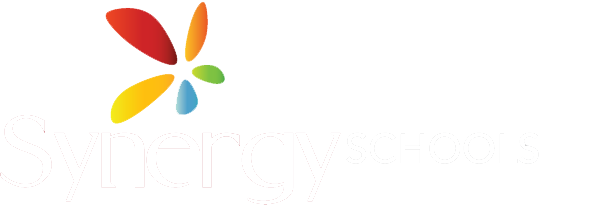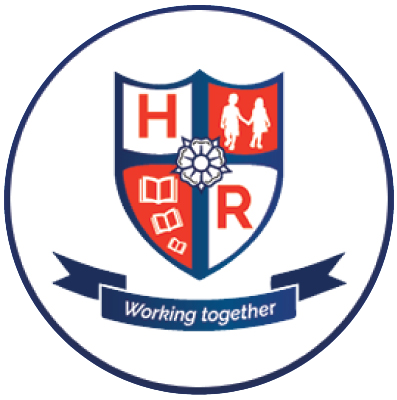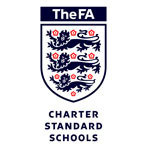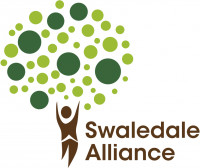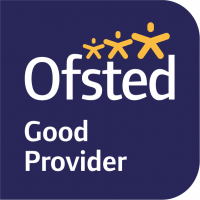Our research based curriculum
At Synergy Schools our curriculum aim is to enable our children to know more and remember more. To ensure that pupils are able to retain knowledge in their long-term memory, we have taken the following approach to our research-based curriculum:
- Do less, well! We identify progressive key knowledge for every subject. We ensure children have a deep understanding of the unit of work which builds on prior knowledge and is retained in the long-term memory.
- Where possible, subjects are blocked to ensure knowledge is taught sequentially and then revisited the following half term. This allows knowledge to be stored and retained in the long-term memory.
- We encourage teachers to plan rich and meaningful experiences which evoke memories and feelings. This enables children to hook knowledge onto the experience, moving it into the long-term memory.
- Our curriculum is carefully sequenced to allow children to develop schema (links) within and across subjects.
- Through identifying key knowledge for each unit of work, we are able to reduce cognitive overload. This enables pupils and staff to do less, well.
Our Research-Based Curriculum
Our school has been researching how children learn best, how our brain stores information and how knowledge moves most effectively into the long-term memory.
We have tried and tested these methods over the past year, the difference in knowledge retention, engagement and depth of understanding across subjects is astounding.
Please see below some key examples of our research and the thinking behind our curriculum design.
Please note that some of this research is from the internet and the videos shared are not our own.
Mary Myatt (2020)
“I believe in the need to renew the school curriculum by trying to prioritise quality over quantity – in other words, covering less in order to be able to go deeper. Some may think that these key ideas (the major points) correspond to the minimum content. From my point of view, this is not always the case. Let’s remember that the width of the dot represents how important this idea is for understanding other ideas. For example, to understand the Renaissance you need to have a good understanding of some features of the Middle Ages, or to use the second conditional in English, you need to know how to use the simple past. This relational aspect between the parts of the school curriculum is the first thing that should be considered in a reform of the curriculum. The curriculum is not a list, but a network.”
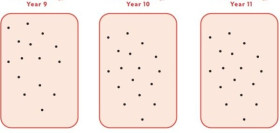
The school year as a succession of lessons, or units, that assign a number of hours in the initial planning. In each one of these we work on different ideas; concepts, procedures etc.
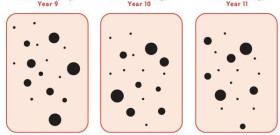 If the current model of memory considers previous knowledge and the past experiences so highly, one good question when designing the curriculum should be:
If the current model of memory considers previous knowledge and the past experiences so highly, one good question when designing the curriculum should be:
'How many connections can be made with that idea?'
The aim here is to identify those ideas that are essential for a deep understanding of the topic in general or even the whole subject.
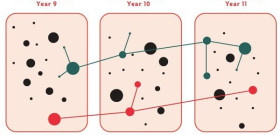
This way of viewing the curriculum mimics the regulation system of the working memory, which decodes which knowledge is relevant and must be stored temporarily, because it will be useful to us in the future. The network also makes it explicit which knowledge must be retrieved from what we have already acquired long ago (in other courses). This might be helpful for teachers, as they could start with a small retrieval practice session that focuses on those past concepts that will be important for the current lesson.
Atkinson and Shiffrin developed a model proposing that human memory is made up of three parts:
- a sensory register, where sensory-type information becomes part of memory;
- a long-term data storage, where memories, facts and procedures are stored; and
- a short-term data storage, also called working memory, which receives sensory data as well as data from long-term memory.
Information processing model: Sensory, working, and long term memory | MCAT | Khan Academy - YouTube
Learning & Memory
Successful knowledge construction is suggested to happen through reactivation of previously learned information during new learning. This reactivation is presumed to lead to integration of old and new memories and strengthen long-term retention.
- Van Kesteren, Krabbendam, Meeter (2018)
Why does blocking our Curriculum work?
Our curriculum…
- allows for regular repetition of knowledge recall
- reduces cognitive overload for children and staff
- reduces workload for staff
- allows knowledge to move from working, to short term and eventually to long-term memory
- increases enjoyment and engagement of learning for staff and children
- increases valuable experiences
- identifies key knowledge and allows time to understand this knowledge in greater depth
- empowers staff to take ownership of their children’s acquisition knowledge
- empowers children to understand how their brain retains knowledge.
